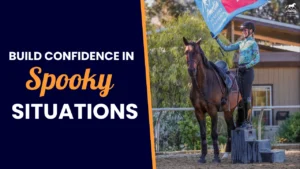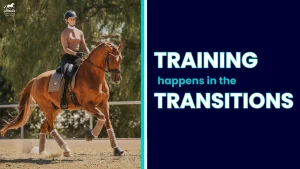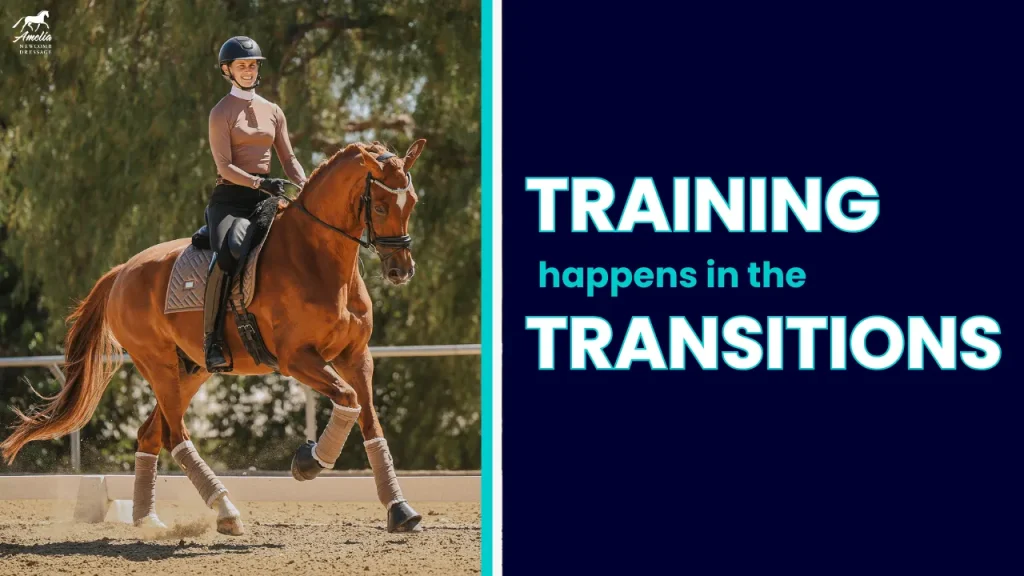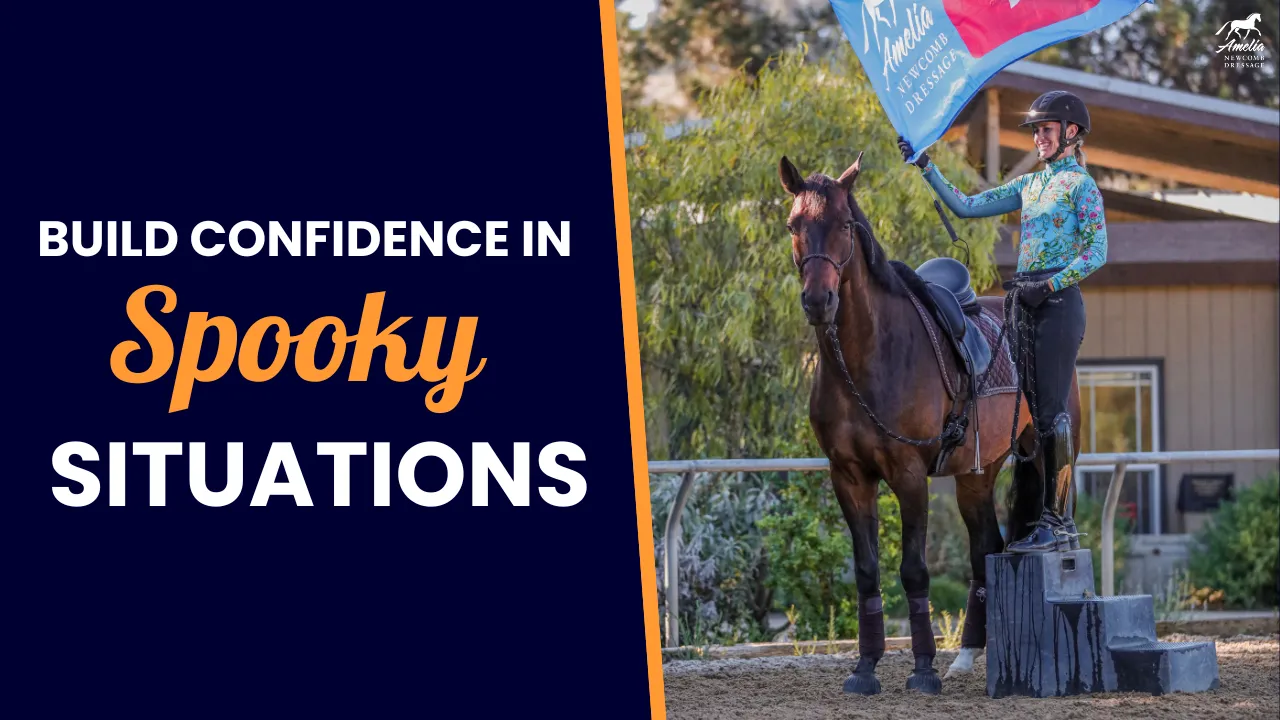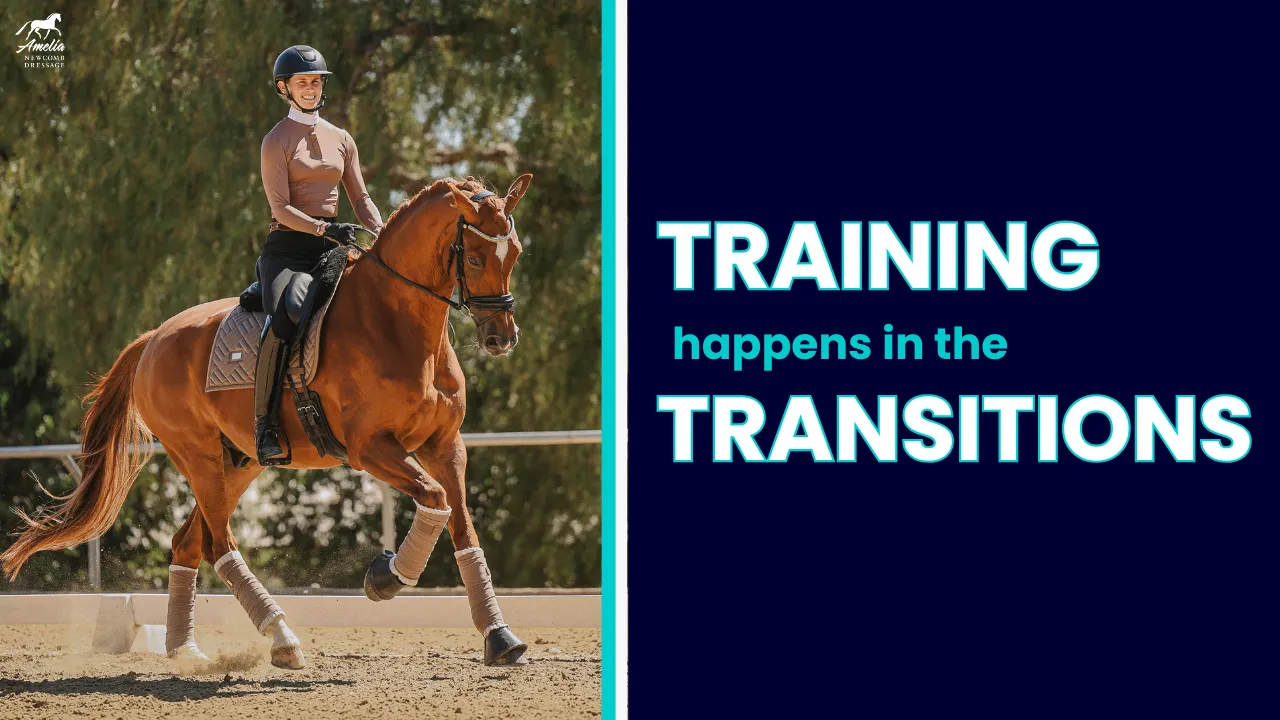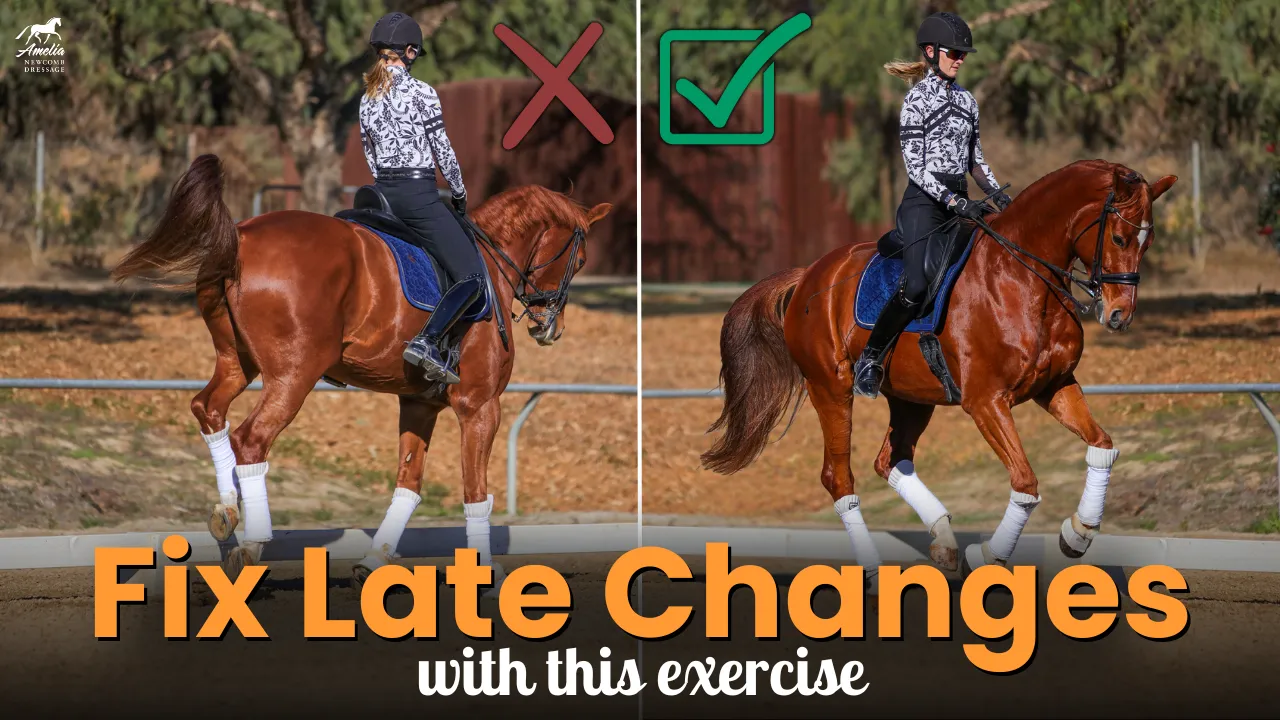Getting a horse “on the bit” is more challenging than it seems. When I first started riding Dressage, I remember feeling like I was kicking and pulling constantly. My horse and I were both frustrated! Here are a few tips that I hope will be helpful to you…
What is on the bit?
The term “on the bit” refers to a position of the head and neck where the horse is submissive to the pressure of the bit. The horse should not be behind the bit nor should they be above the bit. A horse that is on the bit feels supple and elastic in the contact.
Why do we want out horses to go on the bit?
We ride our horses on the bit because it allows us to have control over our horses and to direct their body and also their mind. In Dressage training it is important to get the horse on the bit so that the horse lifts in the back and uses their top line. This makes it easier for the horse to carry the rider and more comfortable for the rider to sit on the horse.
Here are a few tips to get your horse on the bit:
- Leg – before getting the horse on the bit, the horse must understand to move forward from the leg. It is very important that the horse reacts forward from a light leg aid and that when the rider takes contact on the bit the horse stays in front of the leg.
- Correct hand/arm position – the rider must maintain a straight line from the elbow to the horses mouth. It is essential that the rider has a bend in the elbow and that the hands are not too high or too low. Incorrect hand and arm position causes tension in the arm that translates into tension in the horses’ neck.
- Pressure and release – in order to get the horse “on the bit” the horse must understand to give to the pressure on the bit. When the rider puts pressure on the bit, the horse should submit to the pressure by flexing at the poll and or bending to the side to give to the pressure of the bit. It is important to remember that when the horse gives to the pressure of the bit, the rider must momentarily release the pressure in order to reward the horse!
I hope these tips are helpful! Getting a horse to go on the bit can be a challenge but once you get it, the feeling is so nice!!

